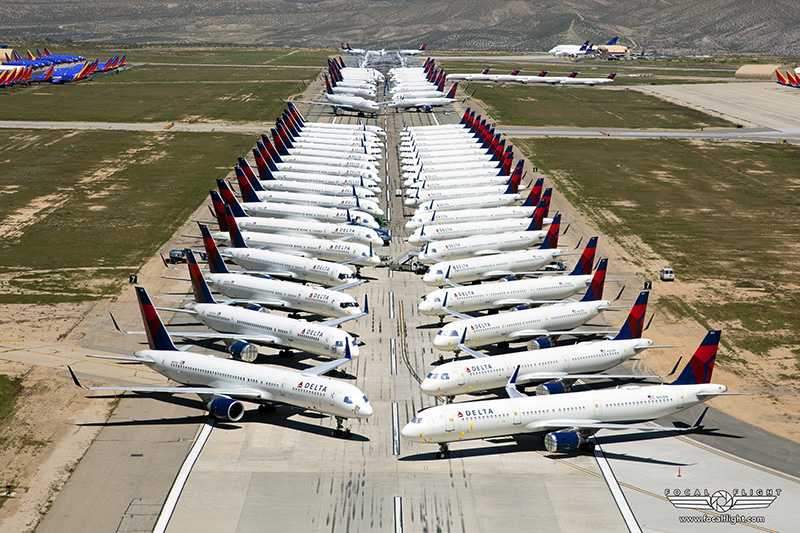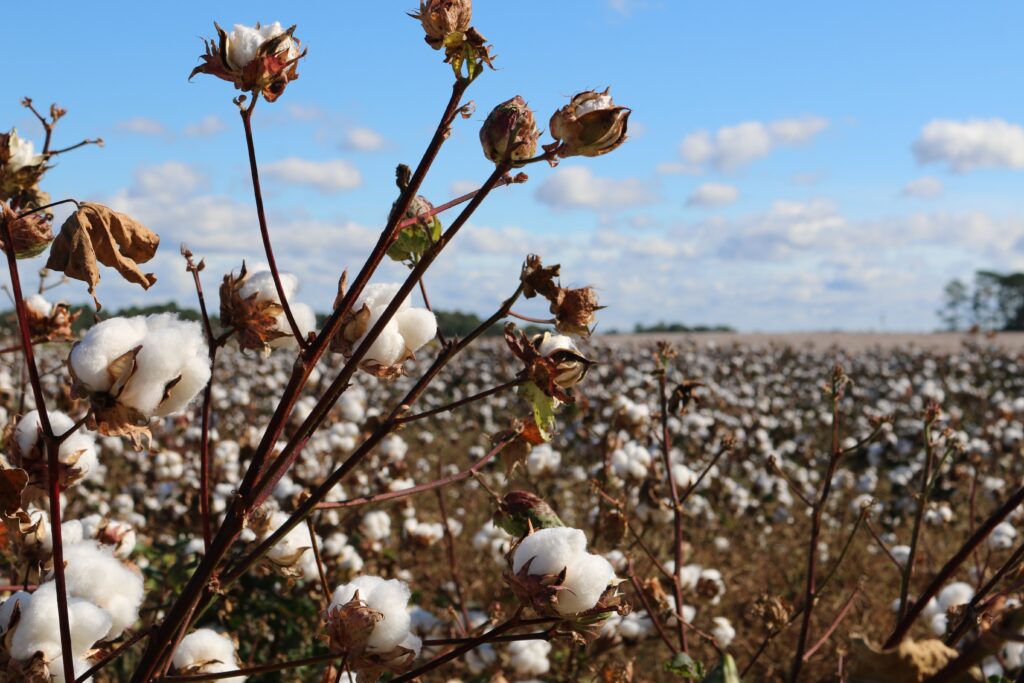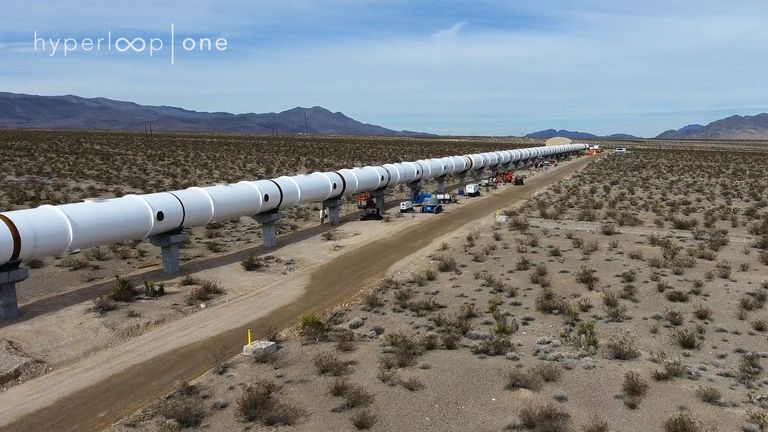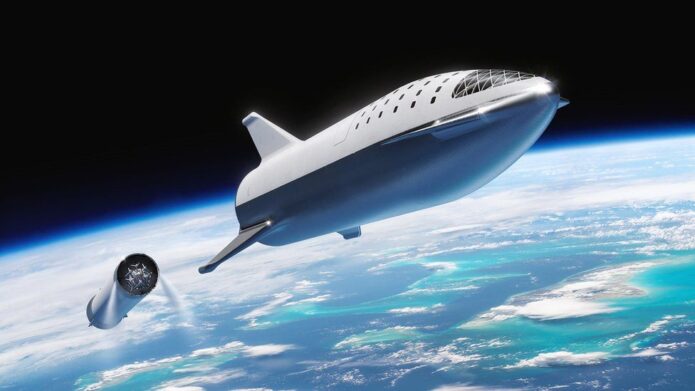The fashion supply chain has a global crisis, the worst in decades. Deliveries experience delays every day, and costs are rising exponentially.
Congested ports, fewer shipping routes, customs overload, no available containers and spiralling airfares – In our increasingly desperate search for shipping options we are happy when we find a single 40 feet container and pay no more than four times the price of 2019. Supply chain crisis hits just when we thought the Covid-19 crisis was nearing its end. But it’s no longer a crisis as such. The world has changed and we are fooling ourselves to believe that there is a ‘normal’ to go back to.
To understand the problem and how to fix it, let’s take a ride on Elon Musk’s Space X for a time lapse through global supply chains from 2019 to 2021.

Global shipping routes seen from satellite (Source: ESA 2019)
The Global Economic Machine Is Missing Parts
Through our space window into 2019 we see Asian manufacturers serving retail customers in Asia, Europe and the US. We see local freight forwarders packing and moving productions to ports and airports, while customs and transport take the usual time. Container ships are unloaded, goods transported to DC, and from there to store. It takes time until all goods are sold, and new orders are placed, but from space you can see that this complex machinery is well-oiled and in good working order.
Fast-forward to the end of 2021, what we see are containers piling up in ports. And we learn that a virus has derailed the global economy and forced the stores to close down for months, and caused the global supply chain crisis. Backend and frontend of the supply chain lost customers, companies went bankrupt or are in desperate search of liquidity. Containers that were sent to Europe never returned, and air planes were stranded in parking lots.

Air plane waiting for a recovering of global transport (Photo: Focal Flight)
For several months, the long-term development was unclear. But when the fog over the Covid-19 impact began to lift, we got a sense that the global supply chain machine has gone into crisis mode. And worse, it continues to loose oil (i.e. liquidity) every month.
3 Strategies to Manage the Global Supply Chain Crisis
While the shape of future supply chains are still open, clear it needs a new way of thinking. And for what it seems today, 4 strategies can help to arrive into post Covid supply chains in better shape.
1. Build Your Battery Production
Did you think Elon Musk was mad when he announced in 2015 that he would invest in wind farms and battery production? Do you still think so today? Today, we might wonder why he didn’t also invest in his own chip production.
So what does that tell us about our supply chains? Under so much uncertainty, it’s not enough to ‘book’ in advance as commitments are difficult to achieve at any tier. One approach is to take steps to stock raw materials, if you haven’t already. Secure new sources for raw materials and supplies and block future positions or stock.

Securing material upon harvest may be too late (Photo: Trisha Downing)
Don’t limit your sourcing to the Far East, even if that’s where the biggest exporters for the majority of synthetic fibres and trims are situated. Many EU or US based companies are already offering sustainable solutions at competitive prices. While China continues to be the factory of the world, this will be a long and slow process. But the early bird gets the stock, so better start building new partnerships years ahead of the curve, like Elon.
2. Hyperloop Your Replenishment
Replenishment sourcing and speed sourcing are not new terms when it comes to the supply chain for fashion brands. But the idea behind them has much more to give if we look at all the variables. Spinning the concept in true Elon Musk fashion, we might end up with a hyperloop to order and deliver goods to market.

(Photo: Hyperloop One)
We have had endless discussions about ways to get goods faster. At the end of the day it only works if we produce in small batches, don’t change our supplier like we change our socks, and practice seamless communication from designers to factory managers. And when fabric sourcing takes months rather than hours, product managers must have eyes on the material stock on shelf before they sketch their ideas.
3. Airbnb your Transport
As airfreight and shipping have become congested, we have to find new ways of forwarding goods. As much as we would love to convince Elon to help with the global supply chain crisis, his hands are full securing Tesla’s supply chain. Let’s look to Airbnb to secure our transport.
If you are Primark, Walmart or Inditex you have the purchasing power to buy your own charters, if you don’t already own your fleet to begin with. But for small and mid sized brands, finding transport availability when needed is key.
New companies like Chaincargo offer solutions to book empty spaces. It works like Airbnb making us aware of the many empty beds available in a city every night. Chaincargo developed a digital tool to match shippers with drivers who are already on the road and have free space available. Once matched, a cargo deal can be arranged in an instant, and transport becomes more efficient in the process.

(Source: Chain Cargo)
The End of Cheap Travel
This is where our time-lapse ends, and we leave SpaceX. From what we saw from space, we can say that the global supply crisis worked like a Tsunami, it destroyed what was working well before. If you are working in the supply chain under the assumption that we will get back to ‘normal’, wake up!
What we need, is a huge change to reinvent the sourcing journey, organise supply chains towards enhanced flexibility, proximity and speed. Let’s plan for a new way of travelling, right, Elon?
About the Authors:
Agustin Caprile and Guido Schild have worked on improving consumer goods’ global supply chain for more than 25 years. While they have seen incremental change happen for their entire careers, post-Covid is the first time they foresee truly fundamental changes.


